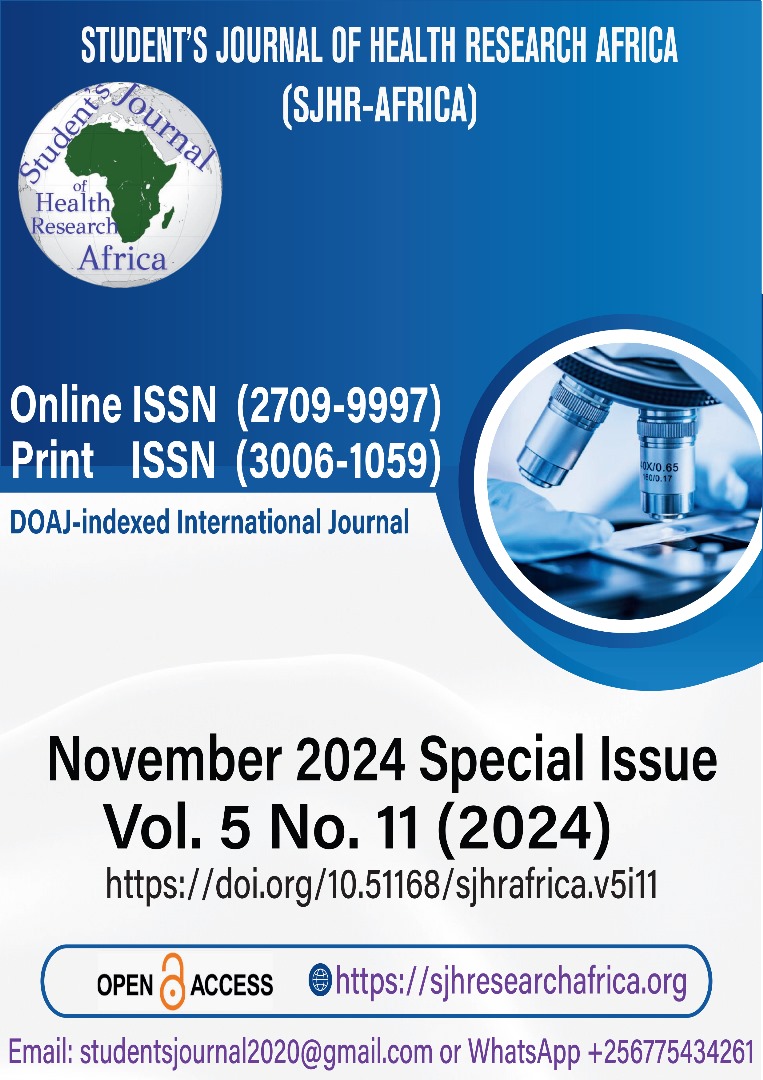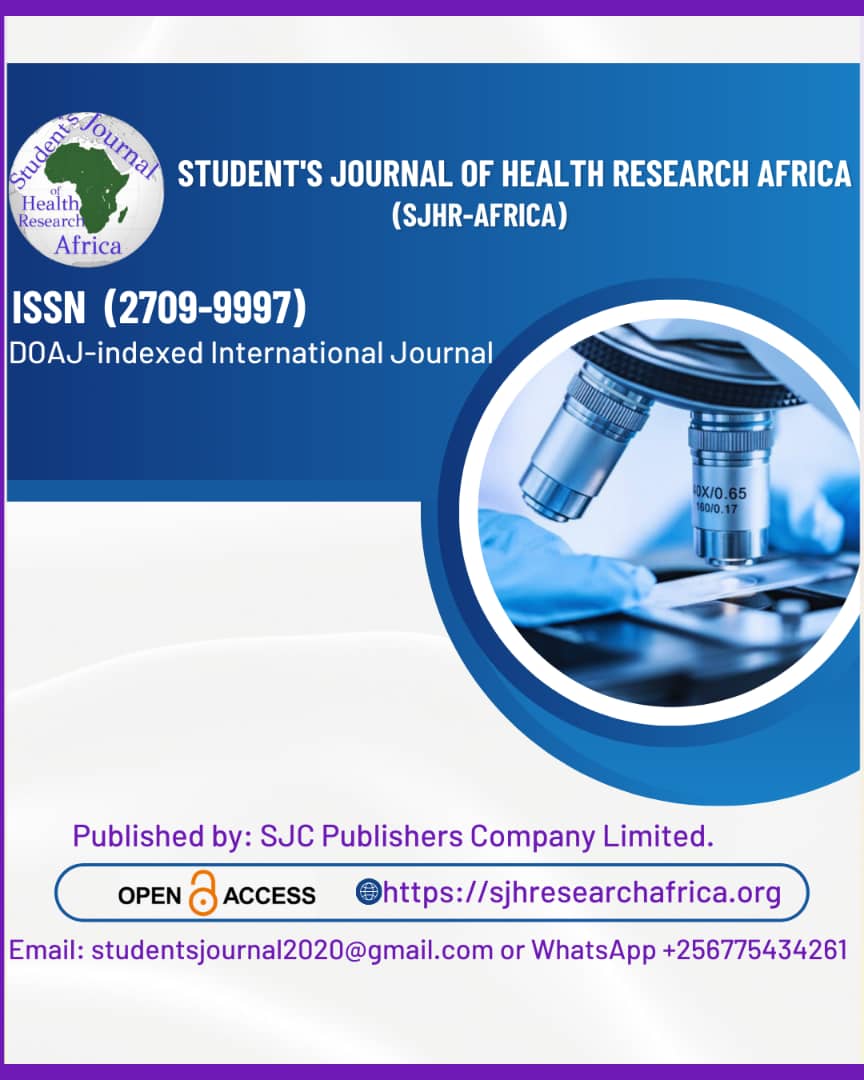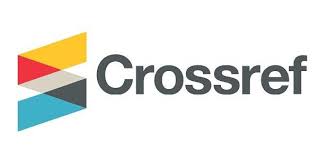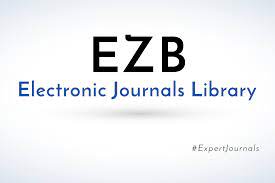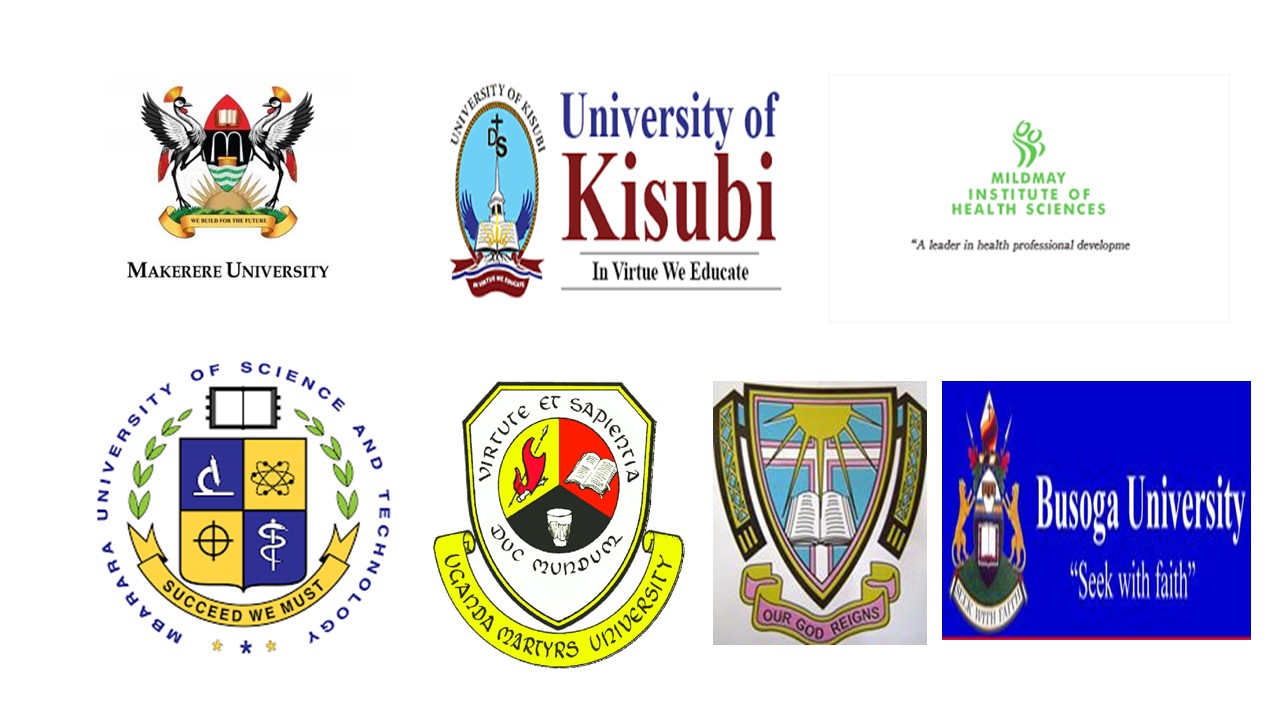COMPARATIVE TRANSCRIPTOMIC PROFILING OF FIBROBLASTS IN HYPERTROPHIC SCARS TREATED WITH TRIAMCINOLONE ACETONIDE VERSUS TRIAMCINOLONE-HYALURONIDASE COMBINATION.
DOI:
https://doi.org/10.51168/sjhrafrica.v5i11.1756Keywords:
Gene expression analysis, Hypertrophic scars, Triamcinolone Acetonide, Triamcinolone-Hyaluronidase Combination, Transcriptomics AnalysisAbstract
Background:
Hypertrophic scars (HTS) arise from atypical wound healing, marked by excessive deposition of extracellular matrix (ECM) and sustained fibroblast activation. Although clinical interventions utilizing intralesional corticosteroids such as Triamcinolone Acetonide (TAC), either independently or in conjunction with Hyaluronidase (TAC-HYA), have demonstrated efficacy, the fundamental molecular mechanisms driving these therapeutic results are inadequately comprehended.
Objective:
To conduct a comparative transcriptomic analysis of fibroblasts derived from hypertrophic scars treated with TAC versus TAC-HYA, emphasizing gene expression alterations related to ECM remodelling, apoptosis, and the TGF-β/SMAD signalling pathway.
Methods:
This molecular sub-study was integrated into a clinical trial conducted at Patna Medical College and Hospital, Patna. Fibroblast samples were collected from 12 patients with hypertrophic scars (6 from each treatment group) receiving intralesional TAC or TAC-HYA therapy. Total RNA was extracted, and transcriptomic analysis was performed utilizing RNA sequencing. Differentially expressed genes (DEGs) were identified utilizing DESeq2, and pathway enrichment analysis was conducted through the DAVID and KEGG databases.
Results:
A total of 1,268 differentially expressed genes (DEGs) were identified between the TAC and TAC-HYA groups (|log2FC| > 1, adjusted p < 0.05). The TAC-HYA group exhibited notable downregulation of genes linked to pro-fibrotic signalling (e.g., COL1A1, ACTA2, TGFβ1) and upregulation of apoptosis-related markers (e.g., CASP3, BAX). Enrichment analysis indicated the inhibition of the TGF-β/SMAD and PI3K-AKT pathways, as well as the alteration of ECM receptor interactions in the TAC-HYA group.
Conclusion:
The incorporation of Hyaluronidase into Triamcinolone Acetonide markedly modifies the transcriptomic profile of hypertrophic scar fibroblasts, enhancing anti-fibrotic and pro-apoptotic signalling pathways.
Recommendation:
These results endorse the enhanced clinical effectiveness of combination therapy and establish a basis for forthcoming biomarker identification and pathway-targeted strategies.
References
Tuan TL, Nichter LS. The molecular basis of keloid and hypertrophic scar formation. Mol Med Today. 1998;4(1):19-24. https://doi.org/10.1016/S1357-4310(97)80541-2 PMid:9494966
Alster TS, Tanzi EL. Hypertrophic scars and keloids: etiology and management. Am J Clin Dermatol. 2003;4(4):235-243. https://doi.org/10.2165/00128071-200304040-00003 PMid:12680802
Manuskiatti W, Fitzpatrick RE. Treatment response of keloidal and hypertrophic sternotomy scars. Arch Dermatol. 2002;138(9):1149-1155. https://doi.org/10.1001/archderm.138.9.1149 PMid:12224975
Bukhari IA, Dar AQ, Suhail M, et al. Intralesional corticosteroids alone versus in combination with hyaluronidase in treatment of keloids: a clinical and histopathological study. J Cutan Aesthet Surg. 2015;8(3):155-161.
Lee JY, Yang CC, Chao SC. Gene expression profiling of fibroblasts from normal skin and keloids: deregulated expression of ECM-related genes. J Dermatol Sci. 2004;35(1):47-56.
Wang J, Dodd C, Shankowsky HA, Scott PG, Tredget EE. Deep dermal fibroblasts contribute to hypertrophic scarring. Wound Repair Regen. 2008;16(5):681-689. https://doi.org/10.1038/labinvest.2008.101 PMid:18955978
Akita S, Akino K, Tanaka K, et al. Novel application of basic fibroblast growth factor in the treatment of keloid and hypertrophic scars. Med Hypotheses. 2007;68(4):808-810.
Verrecchia F, Mauviel A. TGF-beta and fibrosis. World J Gastroenterol. 2007;13(22):3056-3062. https://doi.org/10.3748/wjg.v13.i22.3056 PMid:17589920 PMCid:PMC4172611
Hinz B. Formation and function of the myofibroblast during tissue repair. J Invest Dermatol. 2007;127(3):526-537.
https://doi.org/10.1038/sj.jid.5700613
PMid:17299435
Jarvelainen HT, Kinsella MG, Wight TN. Interaction of versican with hyaluronan and link protein promotes fibroblast proliferation. J Biol Chem. 1991;266(30):20428-20433. https://doi.org/10.1016/S0021-9258(18)54941-3
PMid:1939097
Darby IA, Laverdet B, Bonte F, Desmouliere A. Fibroblasts and myofibroblasts in wound healing. Clin Cosmet Investig Dermatol. 2014;7:301-311. https://doi.org/10.2147/CCID.S50046 PMid:25395868 PMCid:PMC4226391
Koliaraki V, Kollias G. Inflammatory mediators in fibrotic conditions: The role of TNF signaling in fibroblast activation. Front Immunol. 2011;2:92.
Downloads
Published
How to Cite
Issue
Section
License
Copyright (c) 2024 Dr. Anu Shree, Dr. Keshav Kumar Sinha

This work is licensed under a Creative Commons Attribution-NonCommercial-NoDerivatives 4.0 International License.

